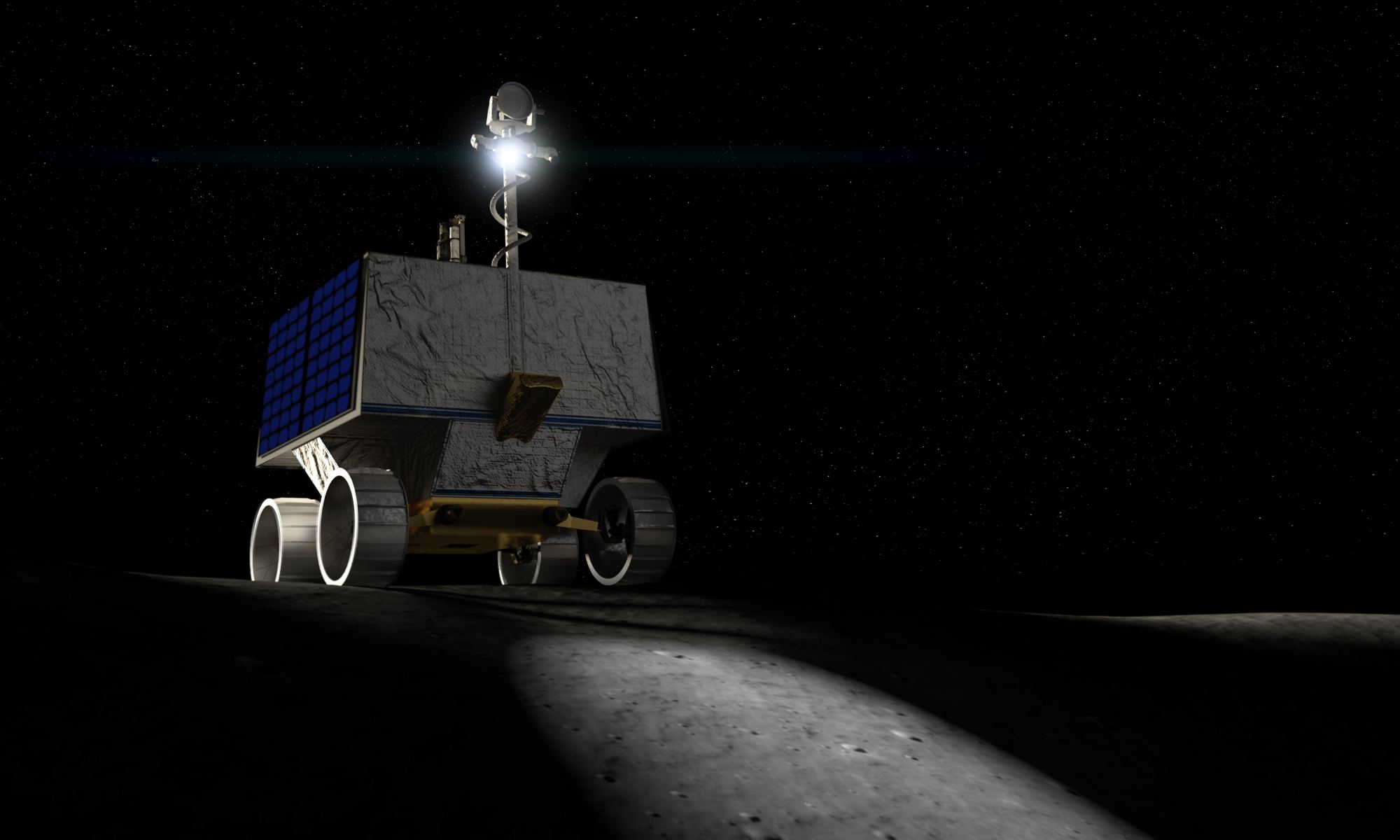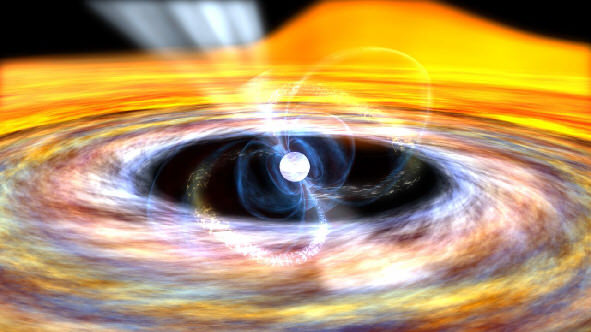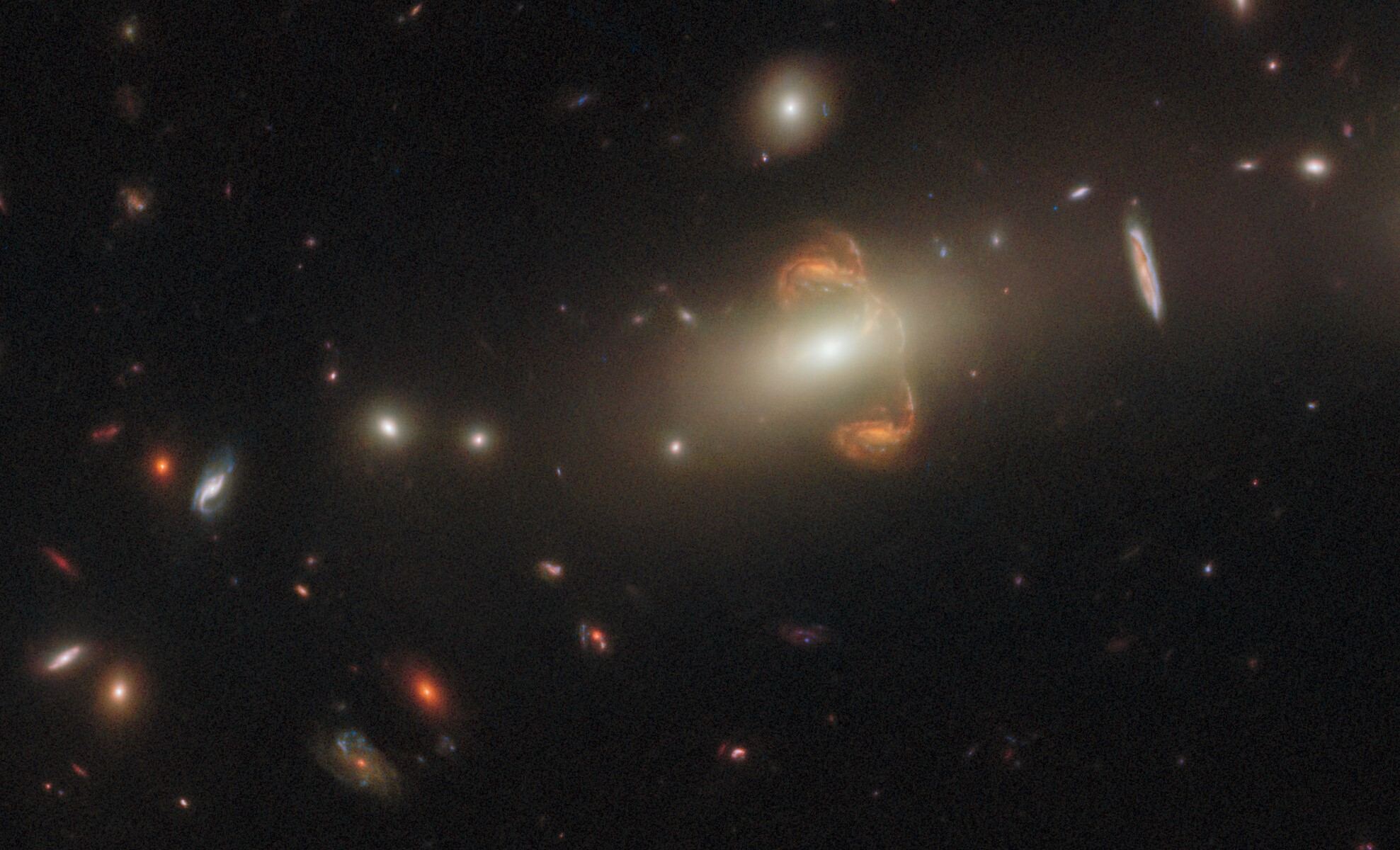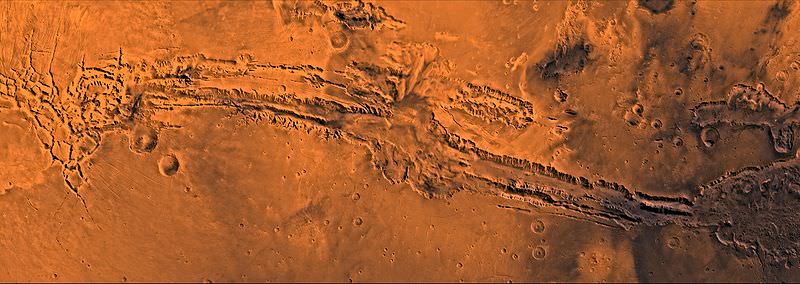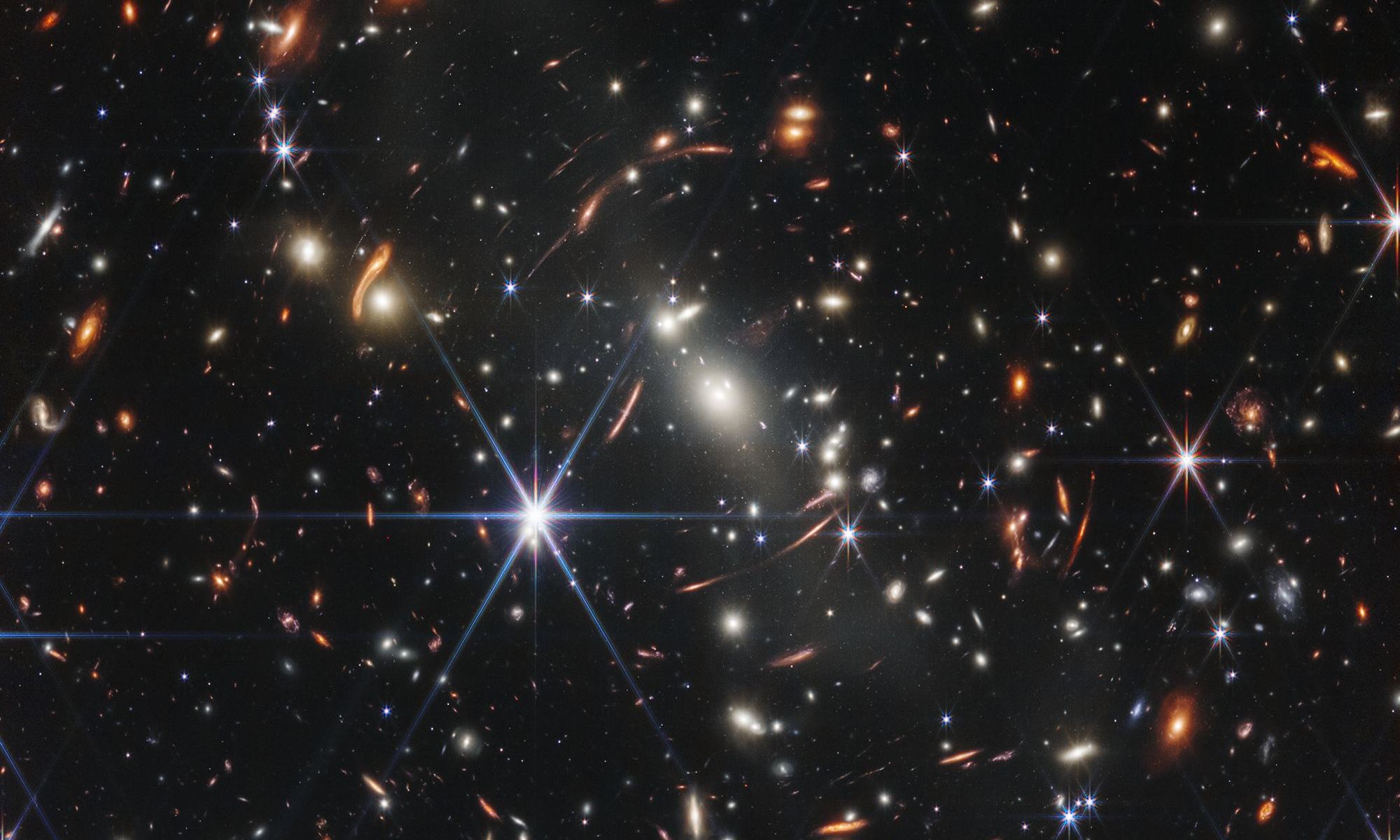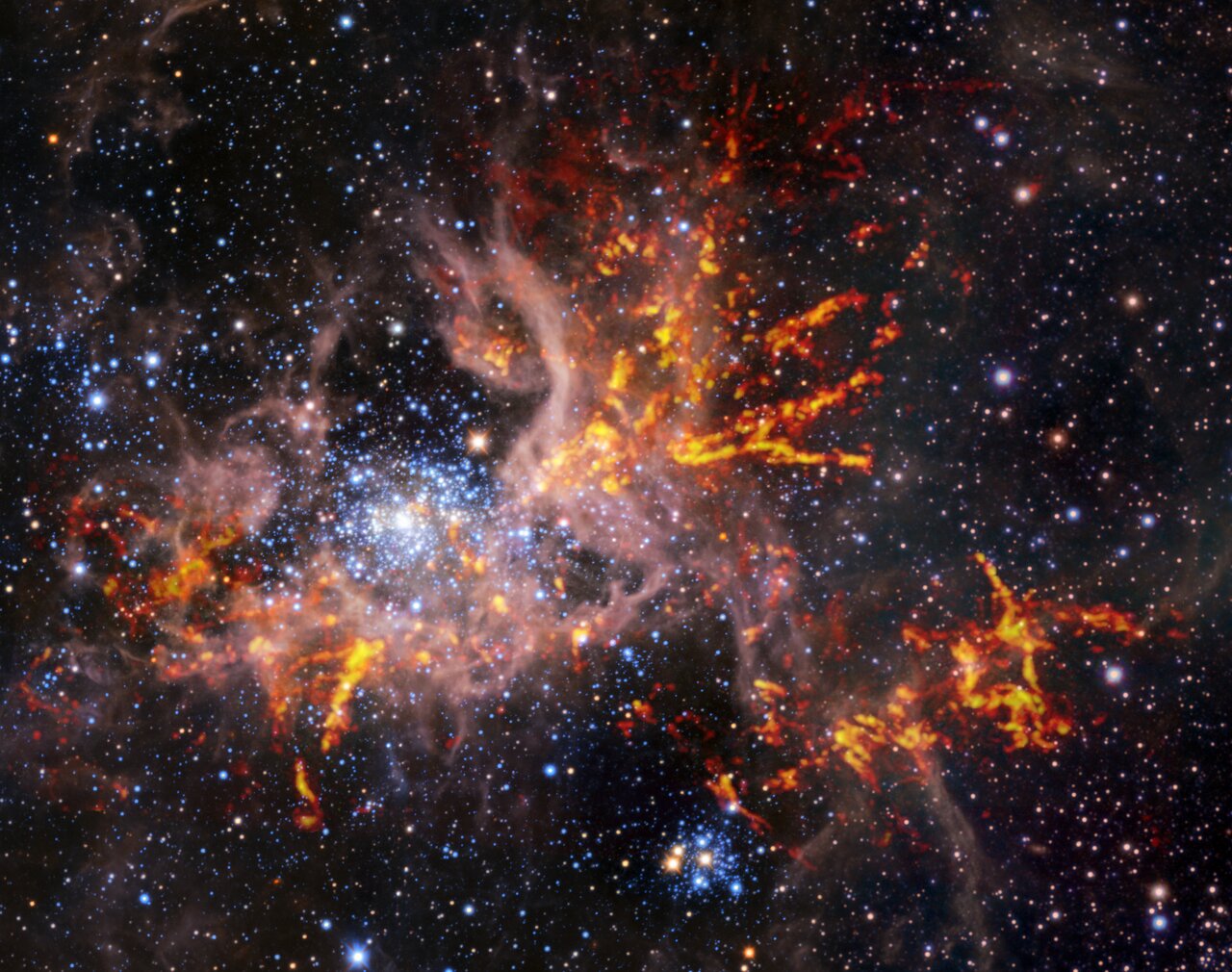The Cartwheel Galaxy, also known as ESO 350-40, is one disturbed-looking piece of cosmic real estate. To look at it now, especially in the latest JWST view, you’d never know it used to be a gorgeous spiral galaxy. That was before it got involved in a head-on collision with a companion. The encounter happened somewhere around 200-300 million years ago. Essentially, the smaller galaxy “bulls-eyed” the Cartwheel, right through its heart. A shock wave swept through the system, changing everything. The aftermath is what we see in this latest image from JWST.
Continue reading “JWST Turns Its Gaze on the Cartwheel Galaxy”JWST Turns Its Gaze on the Cartwheel Galaxy
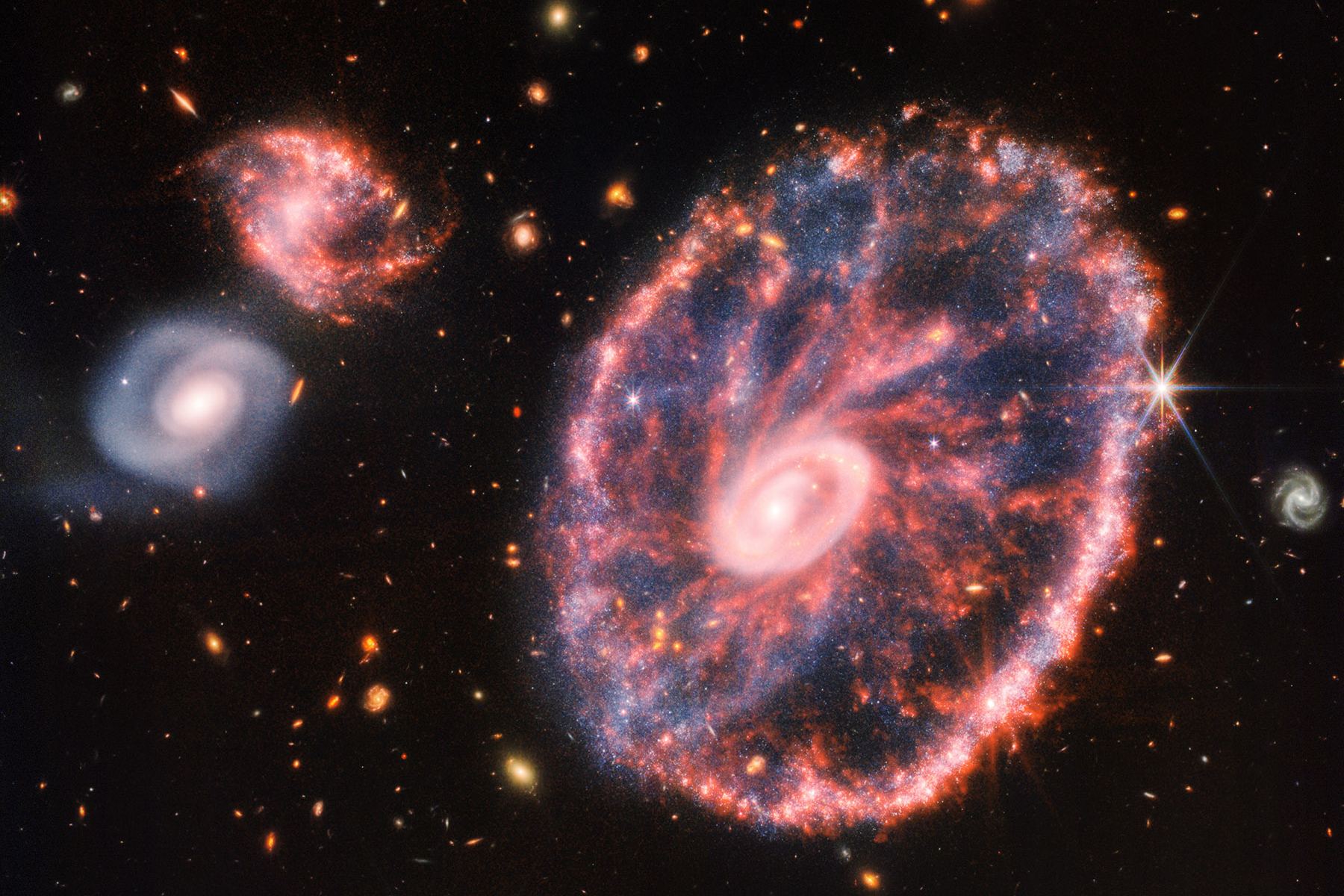

![Artist’s impression of one of the two stars in the FU Orionis binary system, surrounded by an accreting disk of material. What has caused this star — and others like it — to dramatically brighten? [NASA/JPL-Caltech]](https://www.universetoday.com/wp-content/uploads/2020/02/PIA20689_fig1.jpg)

